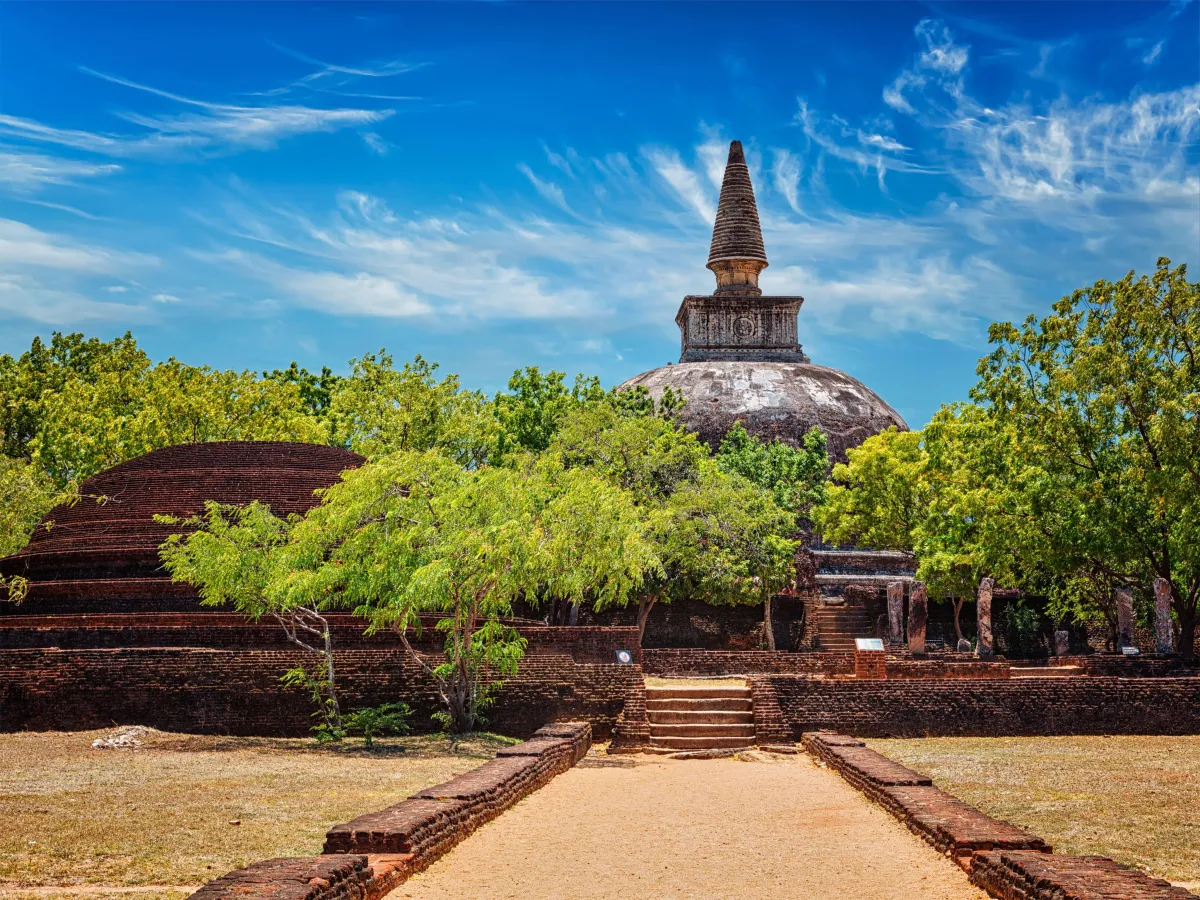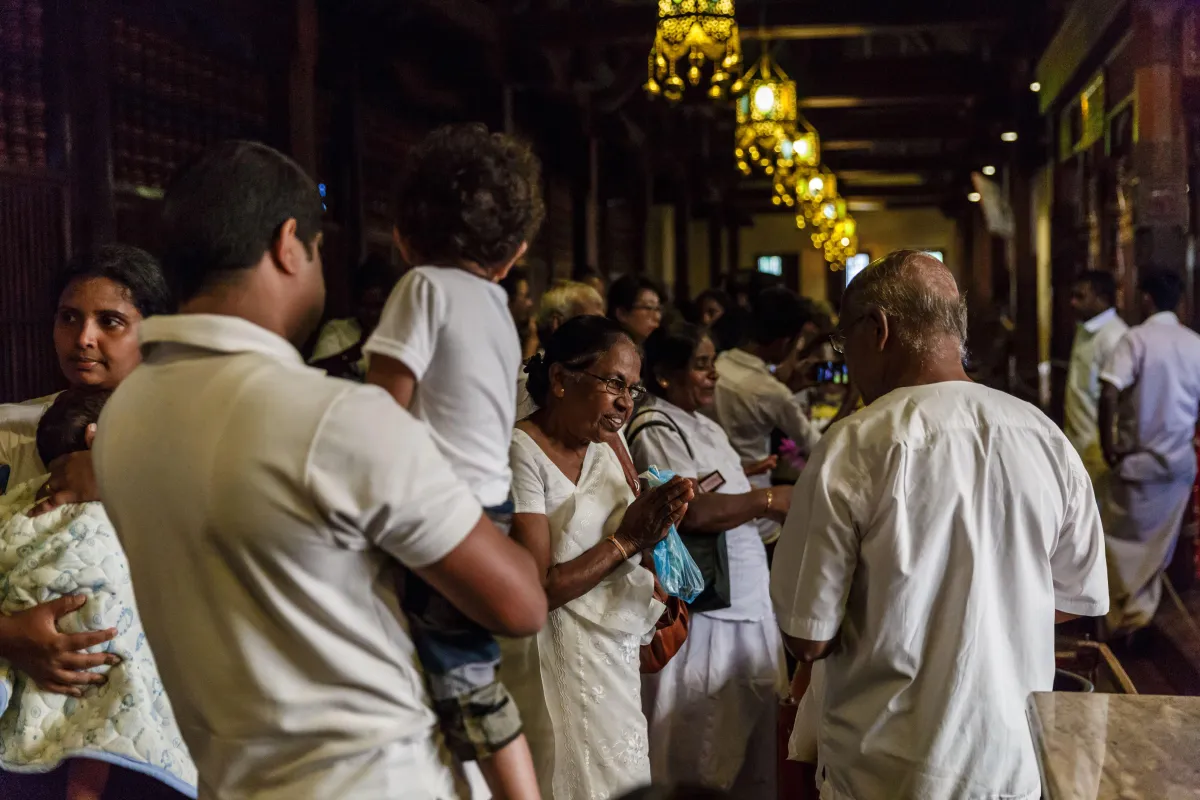Kandy
Introduction
Kandy, the Hill Capital was the last bastion of the Sinhala kings and is a charming city offering a living record of a magnificent past. Some say Kandy is the only other real 'coty' in Sri Lanka, other than Colombo. The easygoing capital of the hill contry has alot to offer - history, culture, forested hills and a touch of urban buzz. Only 115 km inland from the capital, climatically it is a world away due to its 500m altitude. Kandy was also the capital of th last Sinhalese kingdom, which fell to the British in 1815 after defying the Portuguese and Dutch for three centuries. Town, and the countryside around it, is lush and green and there are many pleasant walks both from the town or further afield. The town centre, close of kandy's picturesue lake set in a bowl if hills, is a delightful jumble of old shops, antique and gemstones specialists, a bustling market and a good selection of hotels, guesthouses and restaurants.
Kandy is a romantic city any time of the year, but in August, this ancient capital becomes the venue of one of the most legendary festivals in Asia, the Festival of the August Moon when thousands of people from all parts of the country and from foreign countries throng to the Hill Capital to witness the magnificent spectacle.
Places to Visit
Kandy Lake
A lovely centrepiece to the town. Kandy Lake was created in 1807 by Sri Wickrama Rajasinha, the last ruler of the kingdom of Kandy. Several small-scale local chiefs, who protested because their people objected to labouring on the project, were put to death at stakes in the lake bed. The island in the centre was used as Sri Wickrama Rajsinha's personal harem, to which he crossed on a barge. Later the Birtish used it as an ammunition store and added the fortress style parapet around the perimeter of the lake. On the south shore, in fornt of the Malwatte Vihara, there's a circular enclosure which is the monk's bathouse.

Kandy Museum
The latest institution added to the Dalada Shrine is the `Sri Dalada Museum'. Ever since the Tooth Relic shrine was established in Kandy, different grades of visitors and devotees, ranging from the Roylty and Heads of States to the poorest of the general public, have been offering various gifts to the Sacred Tooth Relic, and these were preciously protected in specially built store-rooms by the successive line of Diyawadana Nilames. THE DALADA MUSEUM is located on the first and the second floors of the new wing called the Alut Maligawa set up by one of the past Diyawadana Nilemes, T.B.Nugawela. The display on the first floor consists of historical records from the time when the Tooth Relic was brought to Sri Lanka to the time of the British rule.
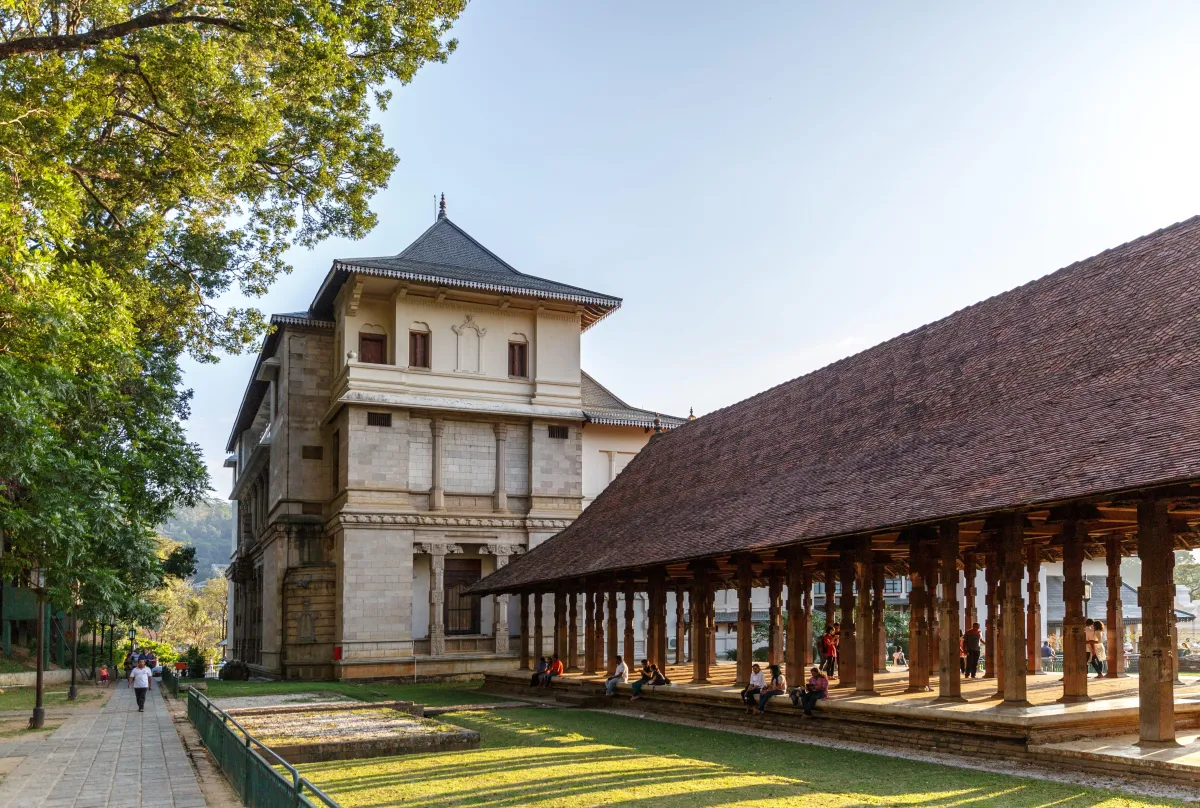
Peradeniya Gardens
Peradeniya Gardens Situated in the Hill capital Kandy. Visit to this garden will provide spectacles at extraordinary beauty and absorbing interest for any nature lover and casual visitor. 68 miles off-Colombo, 4 miles off Kandy this garden dates from 14th century reign of king Vikrama Bahu III. Peradeniya is well know for it's large variety of plants ornaments, useful machine and other creepers that produce the special spices at Sri Lanka. The great lawns highlight huge tropical trees and variety at bamboo can be found in one place.The best know attraction of the garden is the orchid House, which houses more than 300 varieties of exquisite orchids. A spice garden gives you a first hand introduction to the trees and plants used for the traditional Ayurvedic medicine.
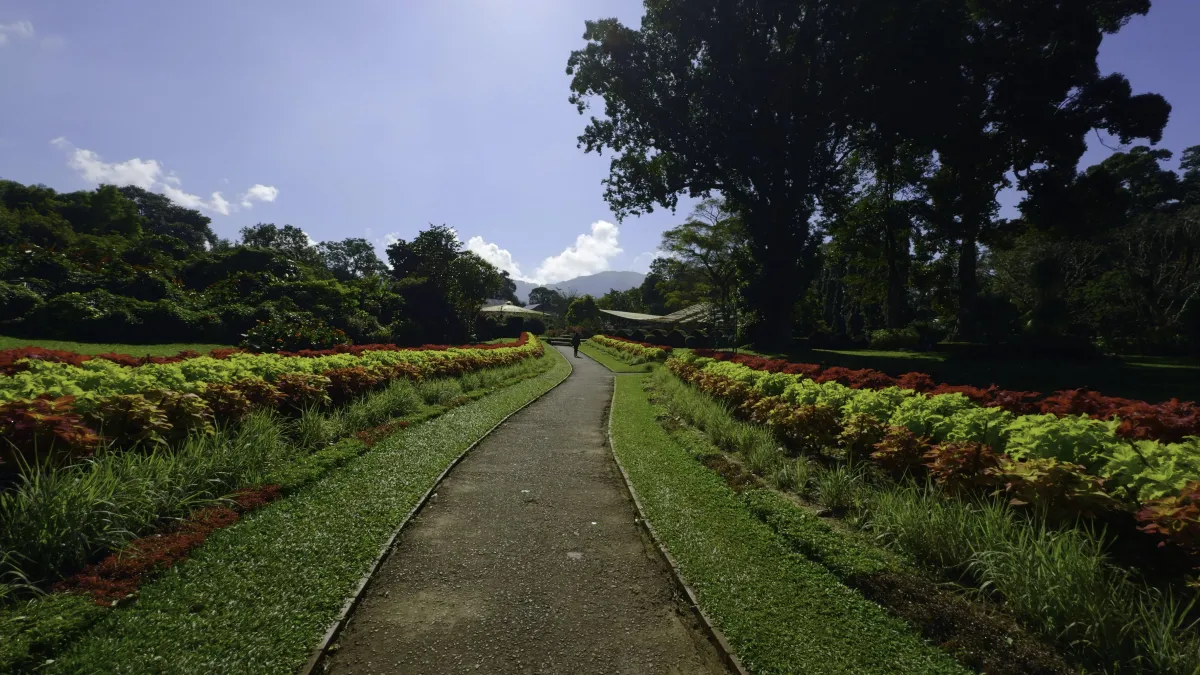
Hanthana Mountain
Hanthana is a range of mountains spread on the outskirts of Kandy from which many glorious rivulets and streams flow. One such stream flows past the village of Udaperadeniya and the University.

Knuckles
Its name describes its outline. The Knuckles Range consists of the Knuckles massif, the Knuckles range and the Knuckles peaks. The Knuckles massif is about 90 square miles in extent and is a detached block of the central highlands separated from the main highlands by the the Dumbara Valley. There are 35 peaks rising to more than 3000 feet (915 m) in the Knuckles range. It has a rich variety of plant and animal life. Mammals include leopards, sambhur, mouse deer, barking deer, sloth deer, leaf monkeys, toque monkeys, wild squirrels, giant squirrels, wild boar, otter and lorries. Besides these, many species of amphibians, reptiles, butterflies, spiders, fish and birds can be found here.
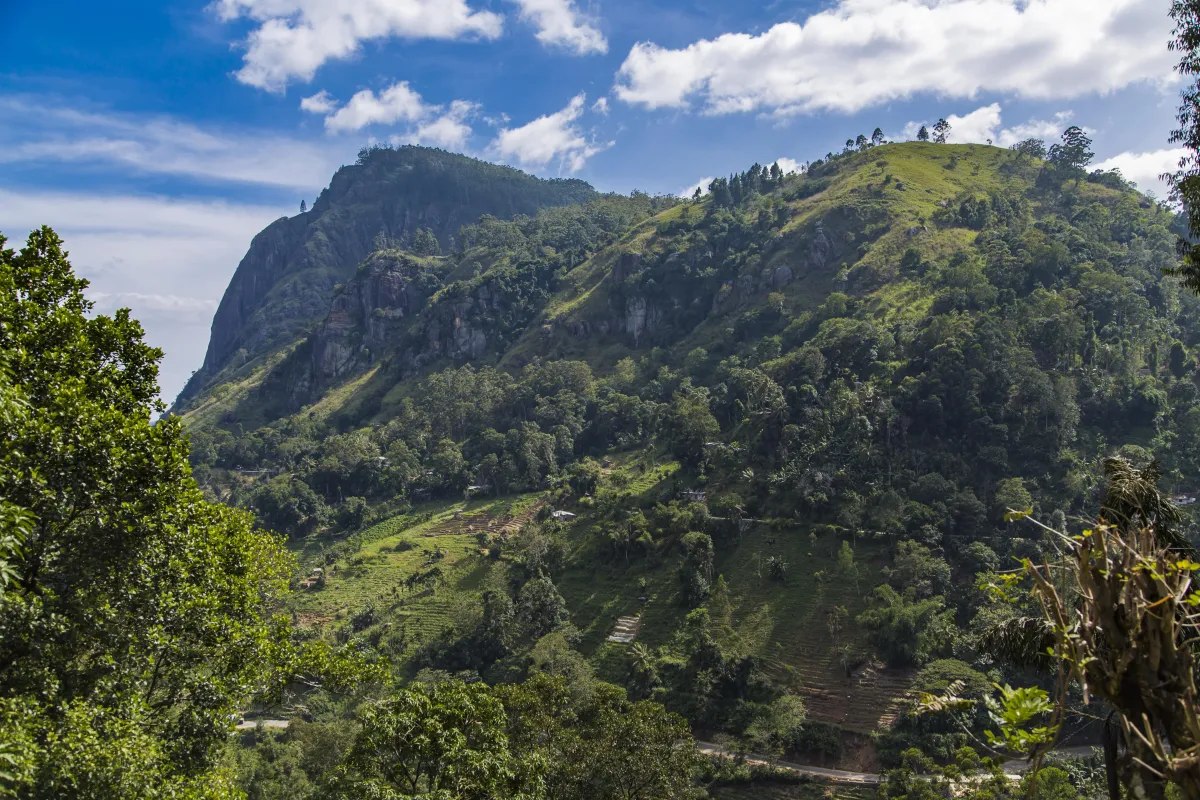
Places of Worship
Dalada Maligawa (Temple of the Sacred Tooth Relic)
Dalada Maligawa or the Temple of the sacred Tooth Relic in Kandy is the most venerated place of worship for Buddhists throughout the world. Built in the 16th century this temple houses the sacred Tooth Relic of the Buddha brought to Sri Lanka from the Kalinga province in ancient India in the 4th century AD. Several buildings have been added to the temple complex by successive rulers, the latest being the Golden Canopy over the inner shrine where the Tooth Relic is placed. Originally the Temple was within the King's palace complex as it was the symbol of Royal Authority.
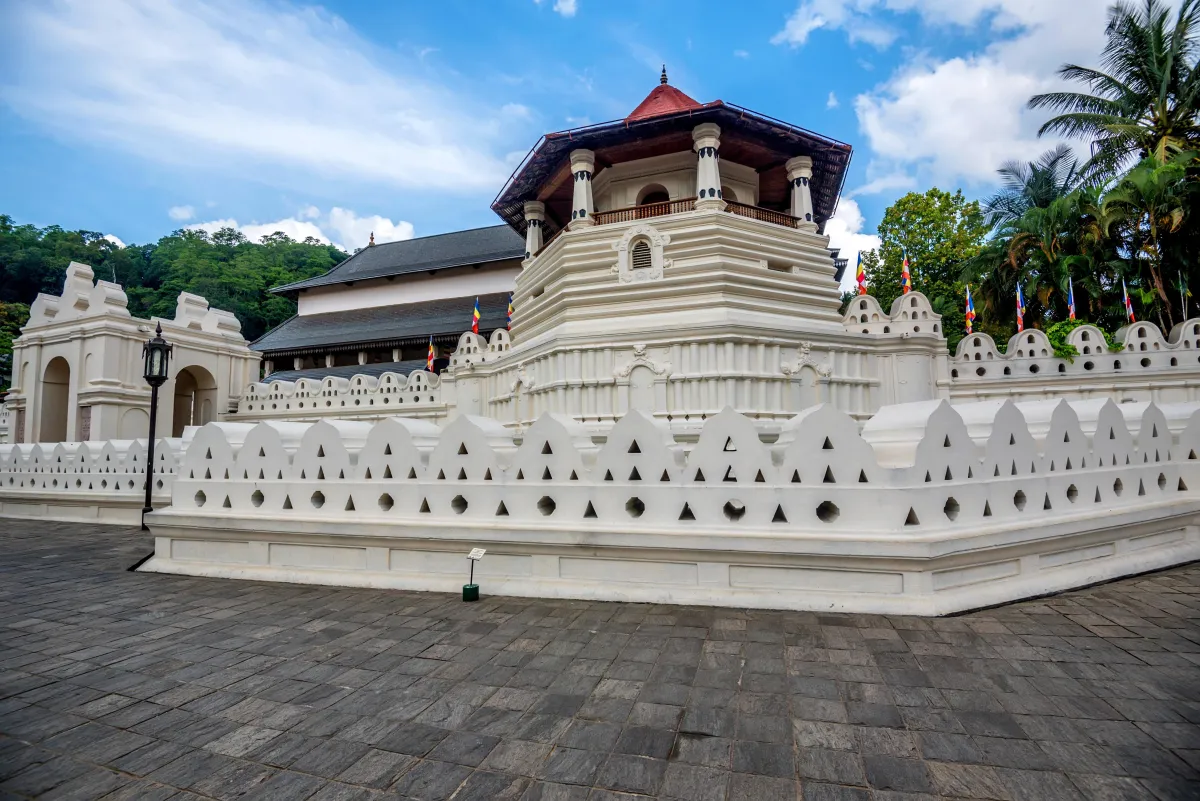
Lankatilake Temple
Lankatilake Temple is a 1.5km stroll along a path through the price paddies until you see the blue temple loom up on the left. It's a Buddhist and Hindu temple with fine views of the countryside, featuring a buddha image, Kandy-period paintings, rock-face image, Kandy-period paintings, rock-face inscriptions and stone elephant figures.

Gadaladeniya Temple
Gadaladeniya Viharaya Pilimatalawa, Kandy Built almost exclusively of stone in 1344 by the Gampola King Wicramabahu, situated on a hilltop, commanding views of the surrounding countryside.A moonstone marks the entrance to the main shrine. The architecture is Dravidian. The entrance porch features large stone pillars which support a roof of huge stone slabs.cted food offerings for centuries. Within the vihara, an ancient stone and plaster Buddha image looks down upon milk rice pots that have colle The 638 year old jak wood doors still exhibit their original paintings.
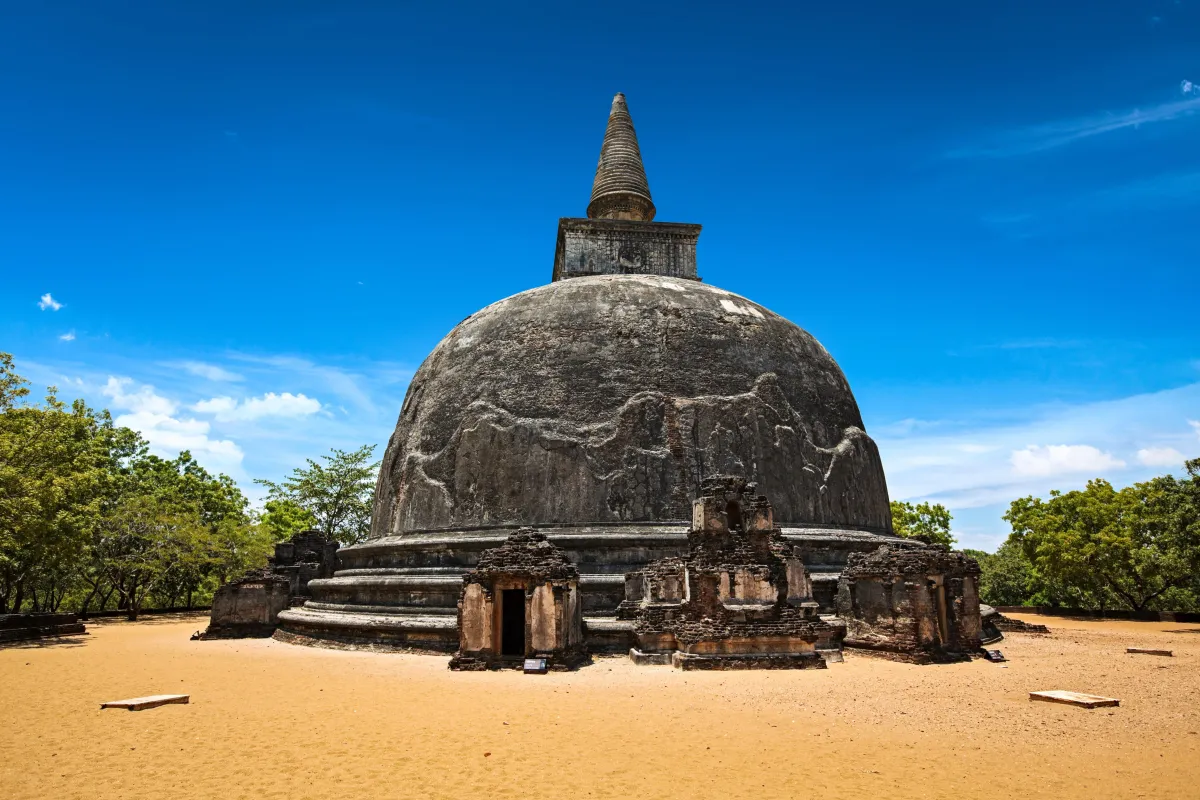
Monatastires
Kandy's principal Buddhist vhiaras (monastires) have considerable importance - the high priests of the two best known, Malwatte and Asgiriya, are most important in Sri Lanka. These temples are the headquaters of two of the main Nikayas, or orders of monks. The priest also play an important role in the administration and operation of the Temple of the Tooth, while the Agiriya Vihara is on the hill off Wariyapola Sri Sumanga Mawatha to the morthwest of the towen centre, an has a large reclining Buddha image.
